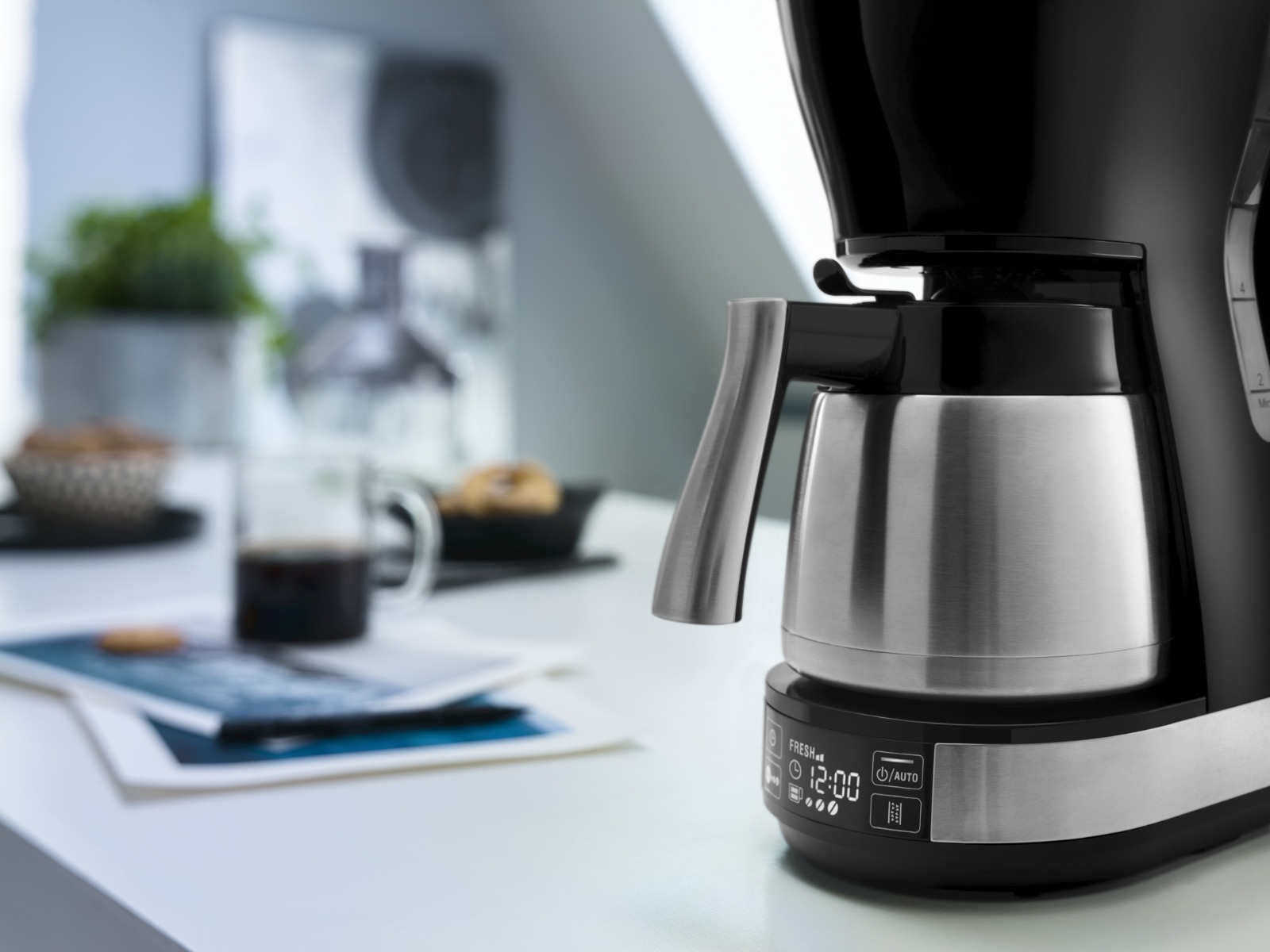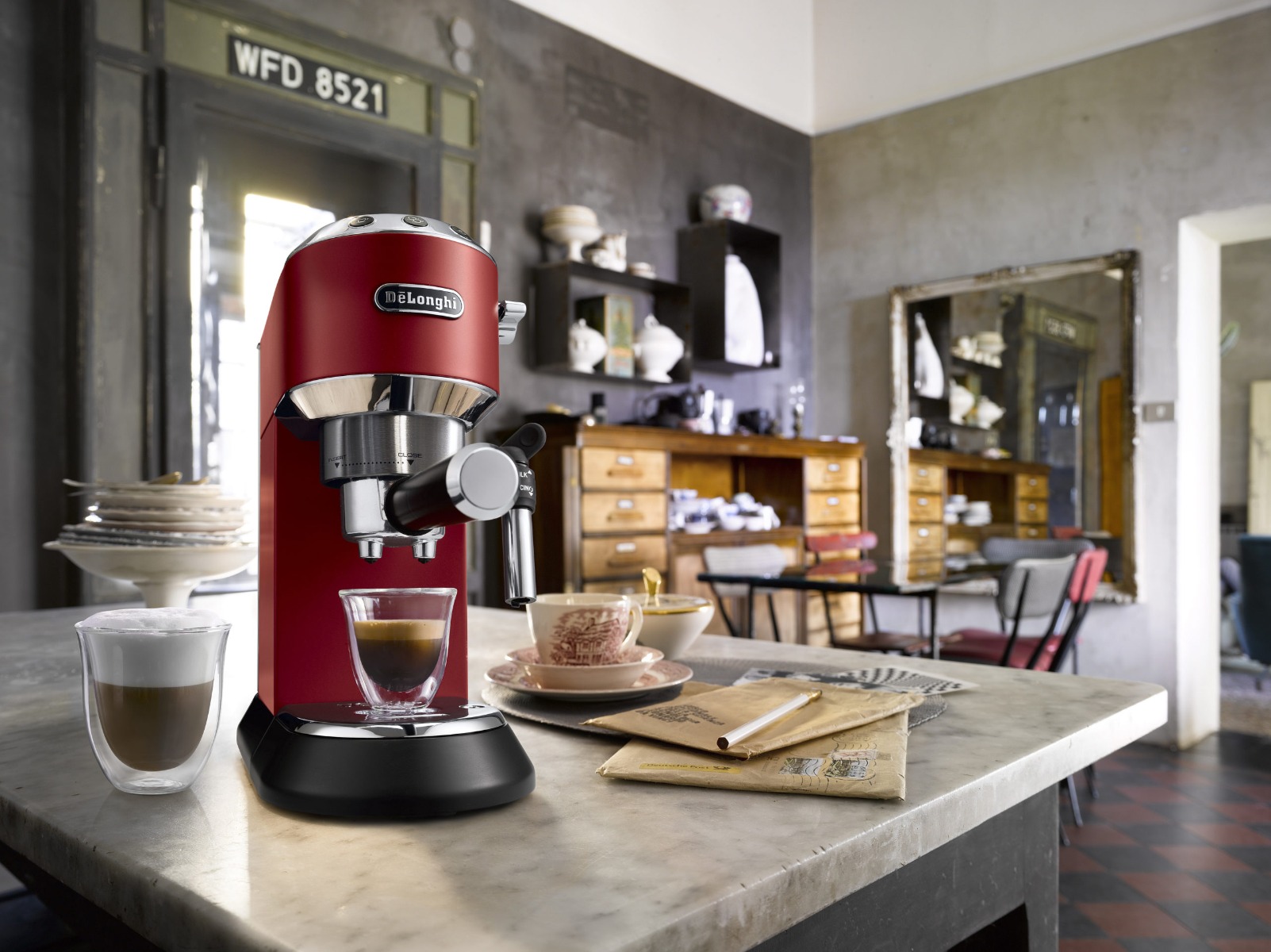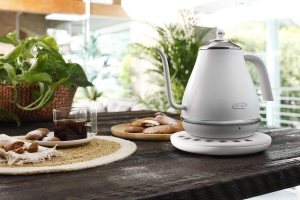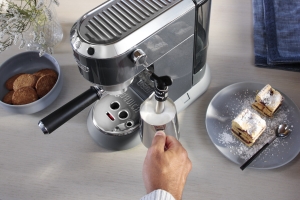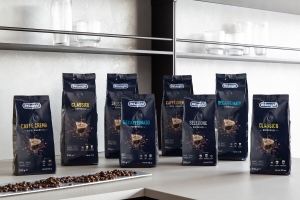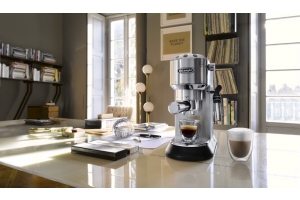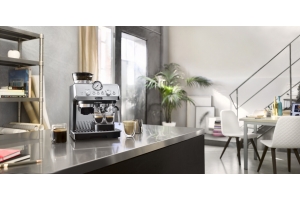coffee grounds
-
Posted: August 11, 2021Categories: The BeanRead more »
Do you like your cup of coffee super caffeinated for that extra kick? Is that strong, nutty, earthy flavour important, or do you prefer fruity, slightly more delicate notes? How you answer questions like that will determine which team you’re on: Arabica or Robusta. If you’re in the camp of “less caffeine” and “light and sweet” tasting notes, then consider picking up these five awesome Arabica roasts, available in either (or both) Singapore and Malaysia. Don’t have a coffee machine just yet? Explore our range of De’Longhi coffee machines for top-notch, cafe-quality java, just the way you like it.
Aceh Gayo Arabica
[caption id="attachment_17604" align="alignnone" width="2560"] The Aceh Gayo Arabica is lauded for its aromatic floral taste that delivers a bright and pleasant mouthfeel. Photo from JJ Royal.[/caption] Straight from the Gayo Plateau in Northern Sumatra, Aceh Gayo Arabica is a specialty-grade Indonesian coffee that gives you a balanced, medium-bodied drink.
The Aceh Gayo Arabica is lauded for its aromatic floral taste that delivers a bright and pleasant mouthfeel. Photo from JJ Royal.[/caption] Straight from the Gayo Plateau in Northern Sumatra, Aceh Gayo Arabica is a specialty-grade Indonesian coffee that gives you a balanced, medium-bodied drink.
-
Posted: June 16, 2021Categories: Coffee 101
-
Posted: April 14, 2021Categories: Coffee 101
-
Posted: February 24, 2021Categories: Coffee 101
-
Posted: December 30, 2020Categories: The ToolsRead more »
Ring in the new year with these coffee gadgets to help you elevate your coffee experience. Whether you drink your coffee on-the-go or at home, with frothed milk or cold-brewed, here are six accessories to help you get the best out of your cuppa.
Travel French Press
[caption id="attachment_11211" align="alignnone" width="811"] Save time in the mornings with this on-the-go French press. Photo from Bodum on Amazon.[/caption] This one’s perfect if you love French press coffee but always in a rush and have no time to make it before heading out. This travel press works just like a regular French press with added conveniences. It allows you to brew your coffee and drink from it, scoring well in terms of portability as it cuts the need to bring an extra mug. Thinking of getting a reusable coffee cup? Here are some things to consider before deciding on one. It’s easy to use too, simply add your coffee grounds, pour the hot water in, give it a stir and close the lid with the plunger up. Once it’s time, just push the plunger down and enjoy your coffee wherever you are — in the car, walking the dog or at the office. Shop for the Bodum Travel Press Coffee Maker available in stainless steel or plastic double wall, from USD37.
Save time in the mornings with this on-the-go French press. Photo from Bodum on Amazon.[/caption] This one’s perfect if you love French press coffee but always in a rush and have no time to make it before heading out. This travel press works just like a regular French press with added conveniences. It allows you to brew your coffee and drink from it, scoring well in terms of portability as it cuts the need to bring an extra mug. Thinking of getting a reusable coffee cup? Here are some things to consider before deciding on one. It’s easy to use too, simply add your coffee grounds, pour the hot water in, give it a stir and close the lid with the plunger up. Once it’s time, just push the plunger down and enjoy your coffee wherever you are — in the car, walking the dog or at the office. Shop for the Bodum Travel Press Coffee Maker available in stainless steel or plastic double wall, from USD37. Milk Frothing Thermometer
[caption id="attachment_11202" align="alignnone" width="1542"] -
Posted: December 16, 2020Categories: Coffee 101
-
Posted: December 02, 2020Categories: The ToolsRead more »
From the trusty automatic coffee machine to hands-on methods such as the French press, there are many trendy ways to brew coffee at home. But coffee drinkers know that a drip coffee maker is a classic when it comes to coffee brewing: it produces robust, flavour-intensive coffee in large quantities. If instant coffee is not your go-to beverage, but you don’t want to be tamping and frothing, a drip coffee maker is a simple and affordable option. Let’s dive deeper into what a drip coffee maker is and how to perfect that cup of coffee.
What is a Drip Coffee Maker and Why You Should Get It
Drip brewing lends itself well to highlighting the flavour complexity of a coffee. As it relies on gravity to extract coffee from the coffee grounds, the hot water extracts coffee oils and solubles that accentuate delicate taste notes and aromas. Many confuse pour-overs with drip coffee as they share the same mechanics. However, with drip coffee makers, you don’t have to dedicate time attending to your brew. Plus, you get to enjoy the convenience and proficiency of a drip coffee maker’s technology that enhances the taste of your coffee. Making coffee with a drip coffee maker is a rewarding experience without the hassle. Just pour water into the reservoir, fill up the coffee grounds, press a button, then let the machine work its magic. The end result? A delicious cup (or rather, cups) of coffee that starts your day on a perfect note.Use Fresh Coffee Grounds
[caption id="attachment_10773" align="alignnone" width="1999"] Use freshly-ground beans to ensure a more flavourful and aromatic b
Use freshly-ground beans to ensure a more flavourful and aromatic b
-
Posted: October 28, 2020Categories: Coffee 101
-
Posted: April 01, 2020Categories: The ToolsRead more »
For some coffee drinkers, all espresso machines are the same: they make espresso. But for the more discerning coffee lover, this isn't the case, particularly those who brew their own coffee at home. In fact, there are a few types of espresso makers, each producing varying qualities of espresso. One of the biggest differences between espresso machines is whether or not it is pump-driven, as espresso is made by pushing hot water through ground coffee. There are three main types of espresso machine: lever-driven, steam-driven and pump-driven. For the purposes of this article, we’ll focus on steam-driven and pump-driven machines, as they are the most common types found on the market today.
Firstly – what makes a good espresso?
[caption id="attachment_6414" align="alignnone" width="2560"] Observe the frothy thickness of the crema. Photo from Blake Richard Verdoorn[/caption] How you make your espresso has a significant impact on the quality of your brew, especially the type of espresso machine you use. One of the ways to measure your espresso’s quality is through the crema produced – you should aim to get crema that is foamy and golden. But do note that some coffee beans contain less oil, which results in less crema. Taste-wise, a well-pulled espresso will have the perfect combination of bitterness, sweetness and acidity.
Observe the frothy thickness of the crema. Photo from Blake Richard Verdoorn[/caption] How you make your espresso has a significant impact on the quality of your brew, especially the type of espresso machine you use. One of the ways to measure your espresso’s quality is through the crema produced – you should aim to get crema that is foamy and golden. But do note that some coffee beans contain less oil, which results in less crema. Taste-wise, a well-pulled espresso will have the perfect combination of bitterness, sweetness and acidity.
-
Posted: March 25, 2020Categories: The BeanRead more »
So, you’ve treated yourself to a fresh bag of coffee beans. How do you care for the coffee beans to make sure your morning java stays fresh for as long as possible? Better care of coffee beans makes better-tasting coffee ― and that’s something all of us would appreciate in the morning to boost our energy for the day ahead. For the best cup of coffee, it comes down to knowing the different sizes of grind, how you properly store your beans, and what you should do to maximise the freshness and flavour. Here are some tips and tricks to get the most out of your caffeine hit. Read on to find out the best way to keep your coffee fresh.
Buy just the right amount
[caption id="attachment_6436" align="alignnone" width="2560"] The best way to ensure the freshness of your coffee is to buy less, but more frequently. Photo from Victor Munoz[/caption] The best way to enjoy your coffee is when it’s fresh. Your coffee beans begin to lose freshness almost immediately after roasting. The best way to ensure the freshness of your coffee is to buy less, enough for one or two weeks, but more frequently. The life span of your roasted coffee beans is approximately 4 to 5 weeks. Coffee beans older than that will not make you sick, but it will never taste as good as when it’s fresh. Here's more reasons why you should care about your coffee bean's roasting date. Our Kimbo Espresso Coffee Beans 100% Arab
The best way to ensure the freshness of your coffee is to buy less, but more frequently. Photo from Victor Munoz[/caption] The best way to enjoy your coffee is when it’s fresh. Your coffee beans begin to lose freshness almost immediately after roasting. The best way to ensure the freshness of your coffee is to buy less, enough for one or two weeks, but more frequently. The life span of your roasted coffee beans is approximately 4 to 5 weeks. Coffee beans older than that will not make you sick, but it will never taste as good as when it’s fresh. Here's more reasons why you should care about your coffee bean's roasting date. Our Kimbo Espresso Coffee Beans 100% Arab









